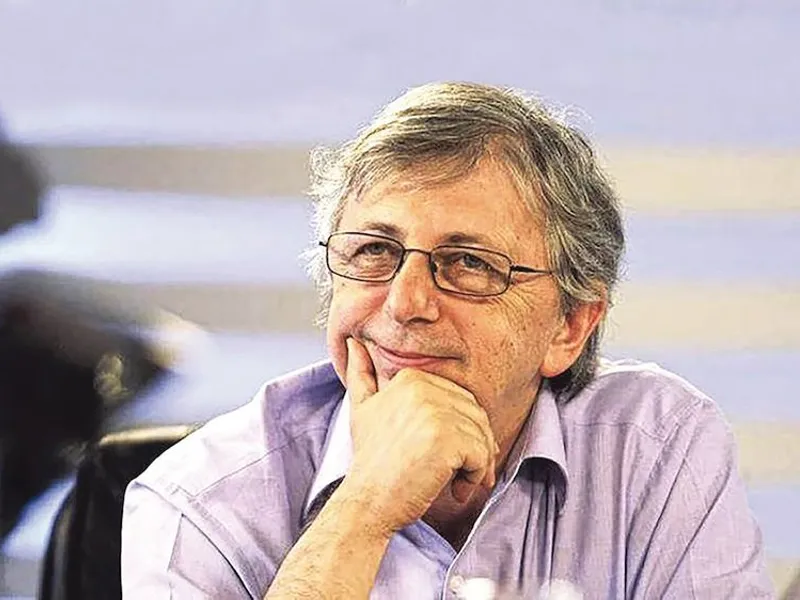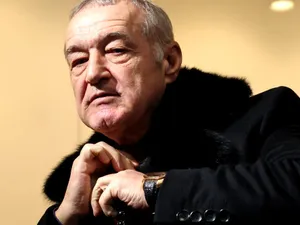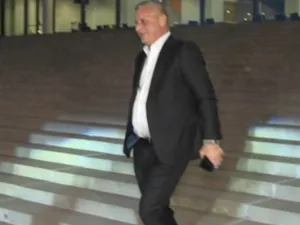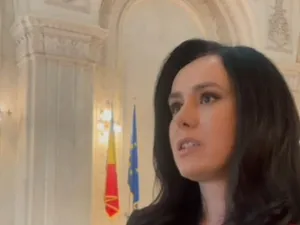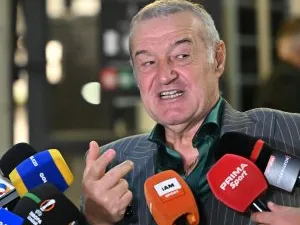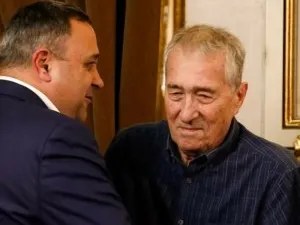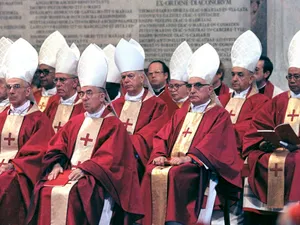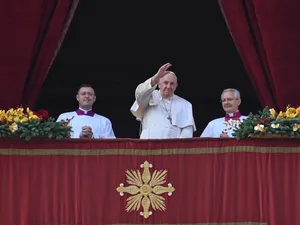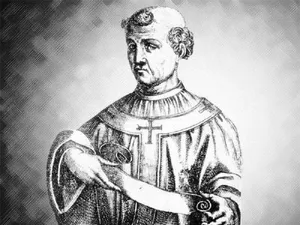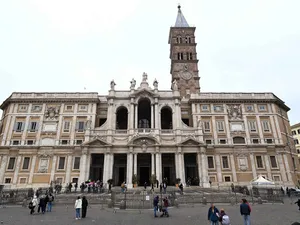The fall of the Berlin Wall, the Velvet Revolution in Prague, a Moscow-backed coup against the inept Stalinist boss Todor Zhikov. Poland and Hungary were already free. Open and fair elections had brought the independent union “Solidarity” to power.
For reasons that mixed political realism and economic constraints, Mikhail Gorbachev encouraged radical changes in the what used to be called the “Soviet Bloc.”
It was at that point that I proposed an op-ed to the New York Times. Two years earlier, it had printed my piece titled “Tremors in Romania” about a workers’ revolt in the city of Brasov, an industrial stronghold in the Carpathian Mountains. I predicted an imminent demise to the most compromised regime within the Warsaw Pact.
The crisis led to deep-seated discontent within the ruling elite, mass dissatisfaction with Romanian dictator Ceausescu’s erratic policies, which had led to starvation, electricity and gas cuts, and unheated apartments.
I argued that the regime’s downfall was inevitable and titled the piece “Will Romania Be Next?” My answer was positive but I anticipated the possibility of a violent revolution. The paper published a report from Bucharest about the 14th Communist Party Congress and Ceausescu’s iron grip on power.
On December 16, the unexpected revolution erupted in the city of Timisoara then followed by bloody government retaliation. The army and secret police carried out the dictator’s murderous orders.
On December 22, Ceausescu desperately tried to contain the revolution and addressed a mass gathering in the heart of Bucharest. , The crowd booed him. Frightened and discombobulated from losing their strong grip on the country, Ceausescu and his wife, Elena, left the party headquarters by helicopter.
They were captured, held in a military garrison and subjected to a farcical trial resulting in their execution on Christmas Day. Until the end, they were vocally unyielding, calling the revolution a putsch. They were not totally wrong.
The Times called and commissioned a piece. It came out the first day of the post-Ceausescu Romania. It was euphoric and somewhat naive. Several weeks later, The New Republic published my take on the revolution and its aftermath: “New Masks, Old Faces.”
The revolutionaries wanted a non-communist democracy. The new power-holders, led by Ion Iliescu, a former ideologue of sorts, schooled in Moscow, had conspired to get rid of the deranged dictator.
They were not willing to allow for pluralism. From the outset, the new ruling group, named the National Salvation Front, advocated what they called an “original democracy.” Pluralism and free market were denounced as bourgeois whims. Looking back to the early 1990s, one might say that the Iliescu experiment anticipated what would be later Vladimir Putin’s and Viktor Orban’s “illiberal democracy.”
Of the main figures involved in the 1989 dramatic changes, Iliescu has enjoyed amazing political longevity. Unrepentantly defiant, he remains the symbol of the ruling Social Democratic Party.
He is a master survivor purely interested in preserving a system based on lies and theft. Earlier this year, the general prosecutor’s office charged Iliescu for crimes against humanity during the December 1989 carnage.
The court rejected this new attempt to hold Iliescu and his acolytes accountable; controlling the narrative about the revolution bears on the very legitimacy of Romanian democracy. Though personally not interested in material perks, Iliescu presided over the birth and consolidation of a corrupt oligarchic regime with strong ties to the resurrected secret police and the never-vanished invisible bureaucratic networks inherited form the old regime.
Thirty years after the communist regime collapse, some Romanians want to rejuvenate the political system. Many are sick and tired of the inept and demagogical political class. The struggle around the justice laws that the Social Democrats (PSD) have tried to modify is in fact one about Romania’s future: Rule of law or mafia-style regime, this is the question.
Since February 2017, Romanians have taken to the streets weekly to oppose the changes in the justice system. In August 2018, a huge gathering in from of the government building was disbanded with tear gas and water cannons. The main culprits are free. On May 26, in the European Parliament elections, the ruling party suffered a major defeat. The next day, the judges on the Supreme Court voted in favor of sending the PSD’s leader to jail. Once strongman Dragnea’s obedient voice, PM Viorica Dancila is now running for president.
The good news is that, in recent years, two thorny topics have ceased to be taboo: the confrontation with the nation’s communist past and the rampant corruption.
In December 2006, based on the report of a presidential commission which I chaired, president Traian Basescu condemned, in front of the Parliament, the communist dictatorship as illegitimate and criminal. The former head of the Anti-Corruption Directorate, Laura Kovesi, is now the EU’s general prosecutor.
While Ion Iliescu may have no living, breathing children, his offspring is the party he created. It changed its original name and has been posturing as Social Democrat since. The post-Basescu era meant the return of the ex-communists to power.
The 2019 presidential elections turned out to be a political watershed. Desperately assertive, former PM Viorica Dancila headed the nose-diving ruling party in the race against the incumbent Klaus Iohannis running for a second mandate.
Other opposition parties’ candidates rightly capitalized on the anti-government protests. On November 24, Iohannis won the second round with an overwhelming majority. .
Thus, thirty years since the December Revolution, its democratic promises may finally come true.
______________________
Vladimir Tismaneanu is professor of politics at the University of Maryland (College Park) and author of numerous books including Romania Confronts Its Communist Past: Democracy, Memory, and Moral Justice (Cambridge UP, 2018, co-authored with Marius Stan) and Putin’s Totalitarian Democracy: Ideology, Myth, and Violence in the Twenty-First Century (Palgrave Macmillan, 2019, co-authored with Kate Langdon)
Citește varianta în limba română aici: Tismăneanu: Românii tânjesc după un nou început, la 30 de ani de la Revoluția lor sângeroasă
______________________
Citește dosarul integral „Dosarul 30 de ani”
VIDEO Ultima încercare a lui Ceaușescu de a-și adormi poporul„
Dosarul Revoluției, o epopee de 30 de ani
Cum s-au omorât românii între ei la Revoluție, din ordinul CFSN și al MApN
„Odioasa dictatură s-a prăbușit!“
Harta victimelor de la Revoluție: 22-27 decembrie 1989
Patapievici: Revoluția de centru. Reflecții asupra Revoluției Române și a revoluțiilor din 1989
Oliver Jens Schmitt: România are nevoie de o cultură a memoriei anului 1989
Victor Rebengiuc: „Când comuniștii l-au gonit pe Rege, fost un moment îngrozitor pentru mine“
Stanomir: „Între România pe care Regele o părăsește și cea în care revine nu mai e nicio legătură“
Radu Paraschivescu: Ce nu avem voie să uităm
VIDEO Petre Roman: „Nu am absolut nimic să-mi reproșez în privința Revoluției. Nici a Mineriadei“
Tismăneanu: Românii tânjesc după un nou început, la 30 de ani de la Revoluția lor sângeroasă
Dragoș Paul Aligică: Are sens o identitate românească în lumea asta globalizată?
Mircea Mihăieș: Privind înapoi cu speranță
Igor Cașu: Am îndrăgit România din 21 decembrie 1989
Radu Vancu: Pesedismul n-a fost un comunism, dar a avut aceeași vocație a minciunii endemice
Adrian Cioflâncă: Hibridarea revoluționară
Cristian Diaconescu: Românii și-au dorit cu patimă să trăiască într-o lume liberă

